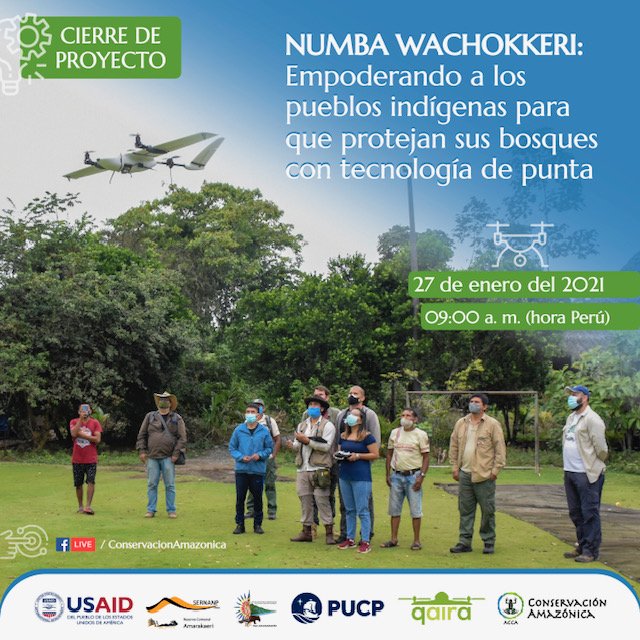|
Cycle 7 (2018 Deadline)
Numba Wachokkeri: Empowering indigenous peoples to protect their forests with cutting-edge technology
PI Sidney Novoa, (snovoa@conservacionamazonica.org), Conservación de la Cuenca Amazónica (ACCA), and co-PI Carlos Saito Villanueva, Pontificia Universidad Católica del Perú (PUCP)
U.S. Partner: Eben Broadbent, University of Florida
Dates: November 2018 - February 2022
Project Overview
The Peruvian Amazon has a diverse landscape with rich biodiversity and cultural heritage. Within the Madre de Dios region of the Amazon lies the Amarakaeri Communal Reserve (ACR), which protects more than 690,000 hectares of tropical forest and the native indigenous communities inhabiting it and connects other important conservation areas, including Manu National Park, Madre de Dios Indigenous Territorial Reserve, Tambopata National Reserve, and Bahuaja-Sonene National Park. The Peruvian National Park Service (SERNANP) co-manages the reserve with an elected indigenous-based organization known as the Executor of the Administrative Contract of the Amarakaeri Communal Reserve (ECA-Amarakaeri). Unfortunately, in recent years the ACR has suffered severe forest loss from illegal activities, especially gold mining and logging. While Madre de Dios is the biodiversity capital of the country, it also has the second highest deforestation rates in Peru.
Control and monitoring actions in these remote areas have high logistical costs and pose a serious risk to the safety of park employees and the indigenous community because of possible confrontation with offenders. This PEER project sought to increase the use of remote sensing technology, including drones and satellite imagery, to increase the effectiveness of monitoring efforts in the ACR and transfer technical knowledge to the indigenous communities so they can incorporate it to their control and monitoring actions.
Final Summary of Project Activities
After discussion with U.S. partner Dr. Eben Broadbent, the PEER team decided to purchase Nimbus VTOL V3 drones, including reception antennas with a greater range, a GPS tracker to locate the equipment in the event of an accident, and high-performance tablets for flight planning. Their first tests with the drones were carried out in local aerodromes near Lima, then the central jungle of Junin to perform flights with conditions similar to those in the ACR. Additional test flights were made in the buffer zones of the ACR, including one in the Quincemil sector, as part of the special patrol activity of the SERNANP and the ECA Amarakaeri in October 2019. The area is known to have illegal mining in the main water sources, and access is extremely difficult. During this flight, researchers found a mining camp, and park rangers and volunteers went to remove it. After an interruption due to the COVID pandemic, the PEER team underwent a training workshop and continued flights in the Sabaluyoc buffer sector, confirming a remarkable expansion of coca crops throughout the ACR buffer zone.
The PEER team, with the support of the ECA Amarakaeri and NGOs, launched a virtual course entitled “Technological tools for remote monitoring of protected natural areas.” Fourteen specialists took this course, including three female participants, and eleven continued on to take specialized training on the Nimbus VTOL drone at the facilities of the Manu Biological Station of Conservacion Amazónica.
The VTOLs, a high-performance computer, and related equipment purchased under the PEER project have been donated to the ECA-Amarakaeri for their ongoing use. Walter Quertehuari, president of the ECA-Amarakaeri, as well as Asvín Flores and Edwin Dunga, chief and specialist of the ACR, jointly updated their Surveillance and Control Strategy to include the use of technological resources, such as drones, mobile applications, and early alerts, as valid resources that complement surveillance and control actions. This document promotes the implementation, use, and training of technological resources for surveillance and monitoring activities. Building on the foundation established by the PEER project, both the ECA-Amarakaeri team and the SERNANP specialists planned overflights in the Setapo sector with the VTOL drone. The data were later processed in the monitoring room implemented in the offices of the ECA-Amarakaeri.
Both the PI Sidney Novoa and co-PI Carlos Saito presented their project and its results at a variety of international conferences, including the 3rd Congress of Protected Natural Areas of Latin America and the Caribbean and the 13th Annual International Conference on Education and New Learning Technologies, EDULearn.
The project team produced a video highlighting the achievements of the PEER project, with the special focus on the VTOL drone training that was carried out following the onset of the pandemic. The team received additional funding, including a grant funded by the U.S. Embassy in Peru intended to support technology to protect the Amazon and combat corruption to help expose illegal logging and corruption in the Amazon. The team also received another grant to develop a project to help protect isolated indigenous Mashco Piro people in the aftermath of COVID and address ongoing deforestation issues in the Peruvian Amazon.
Publication
Carlos Saito and Sidney Novoa. 2021. Numba Wachokkeri: empowering indigenous peoples to protect their forest with cutting-technology. In Edulink Proceedings, pp. 7619-7627. https://doi.org/10.21125/edulearn.2021.1549
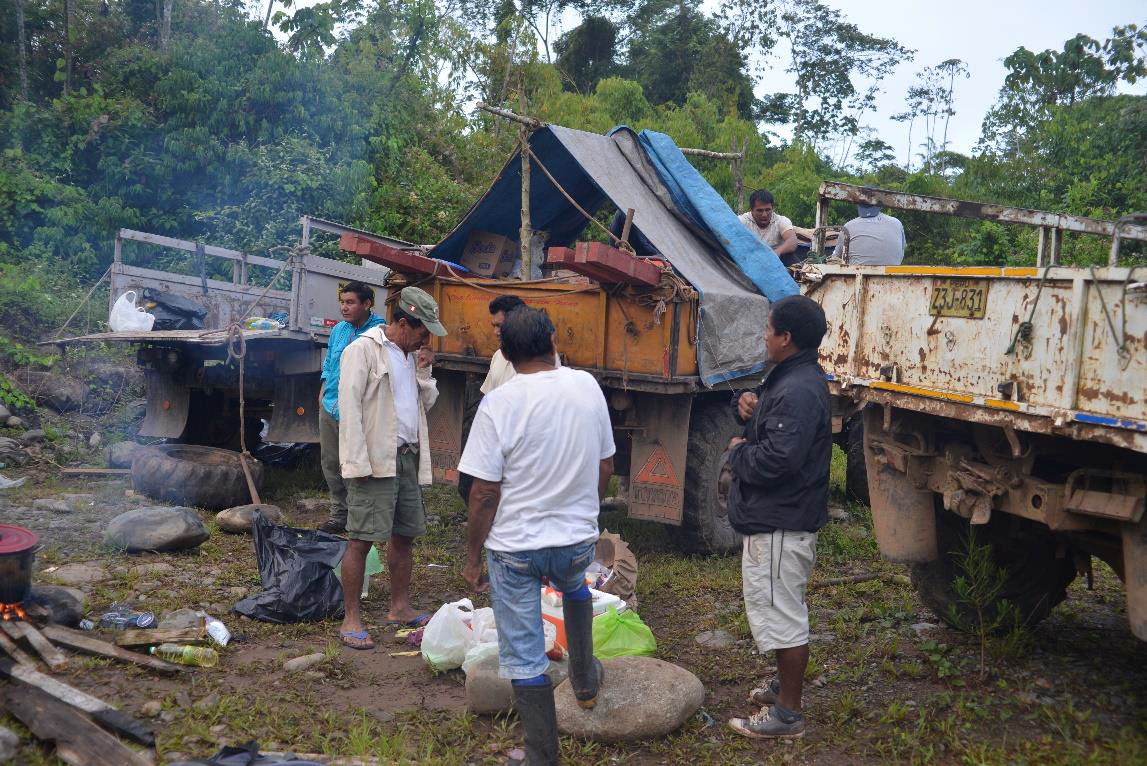 | 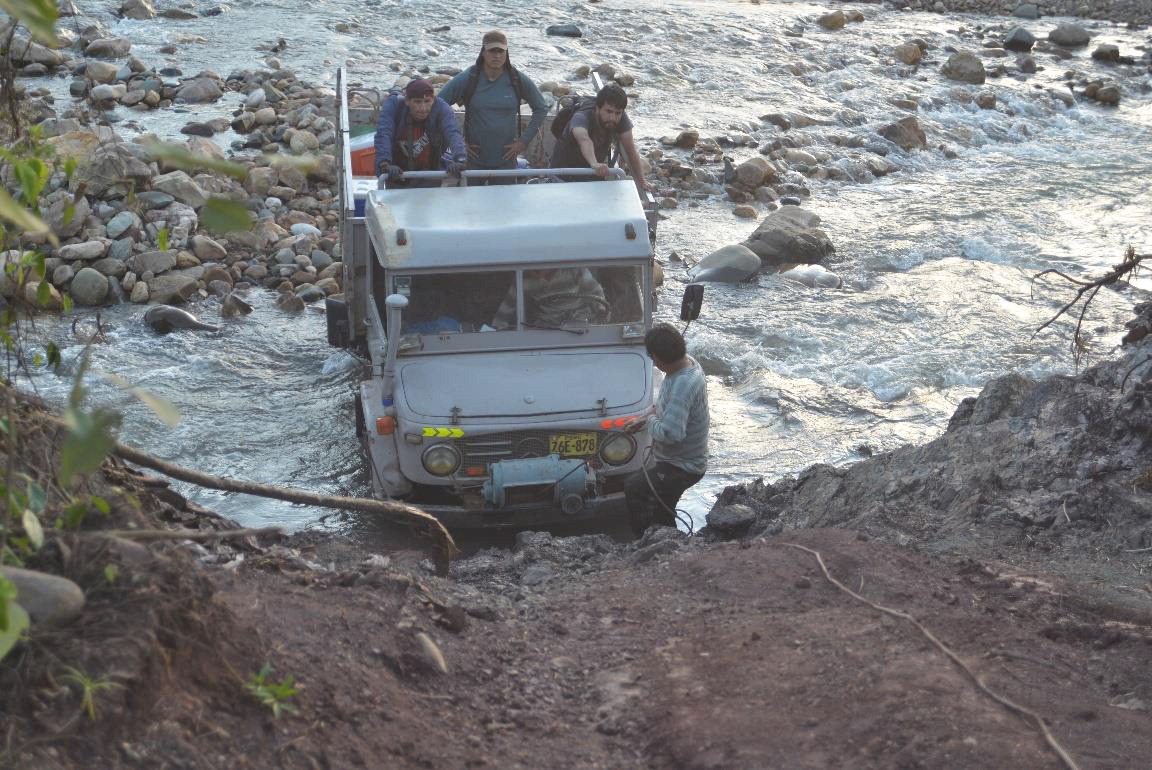 | | Preparing for the special patrol to verify illegal mining sites, October 8, 2019 | On the road to the launch point. Photo credit: ACCA | 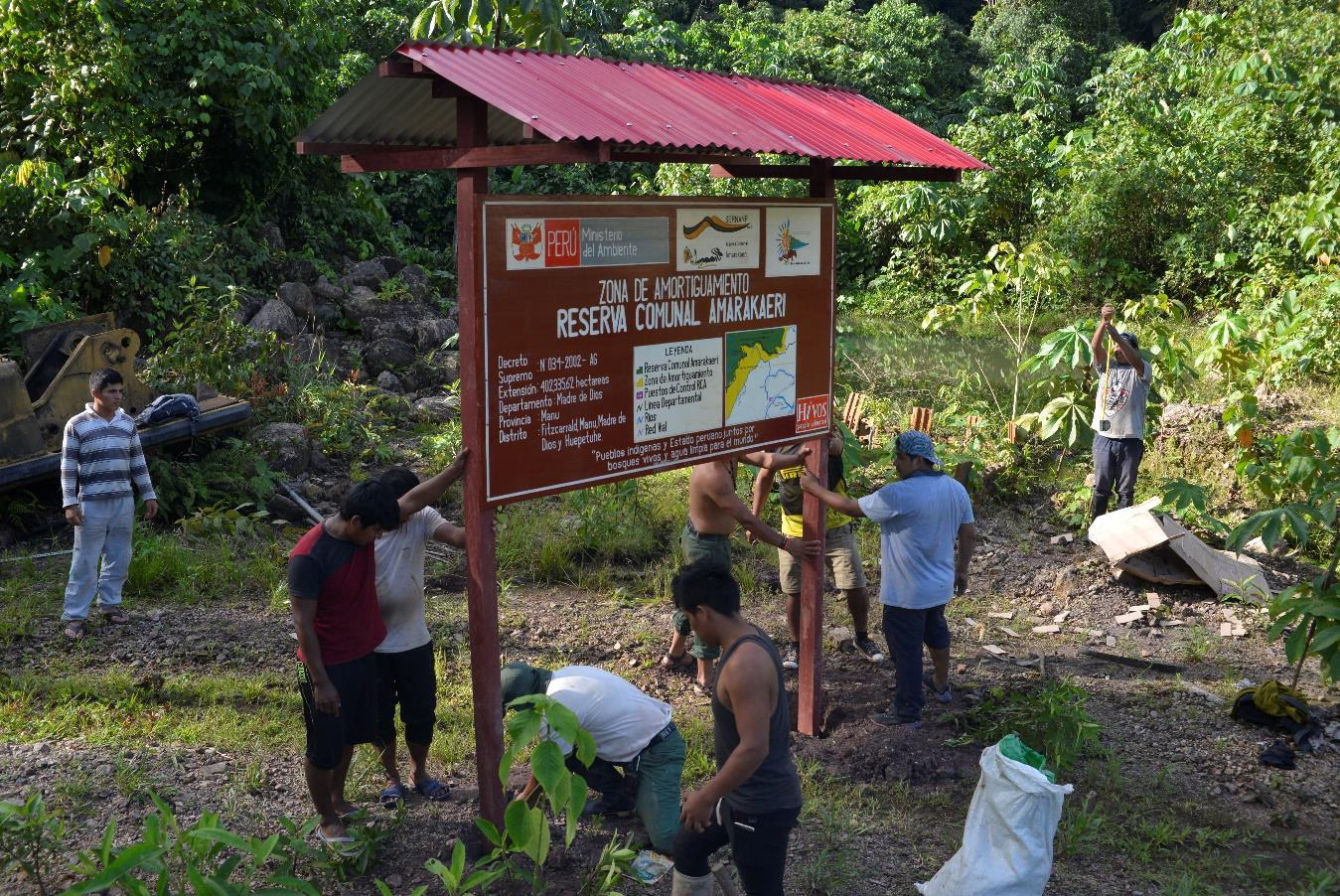 | 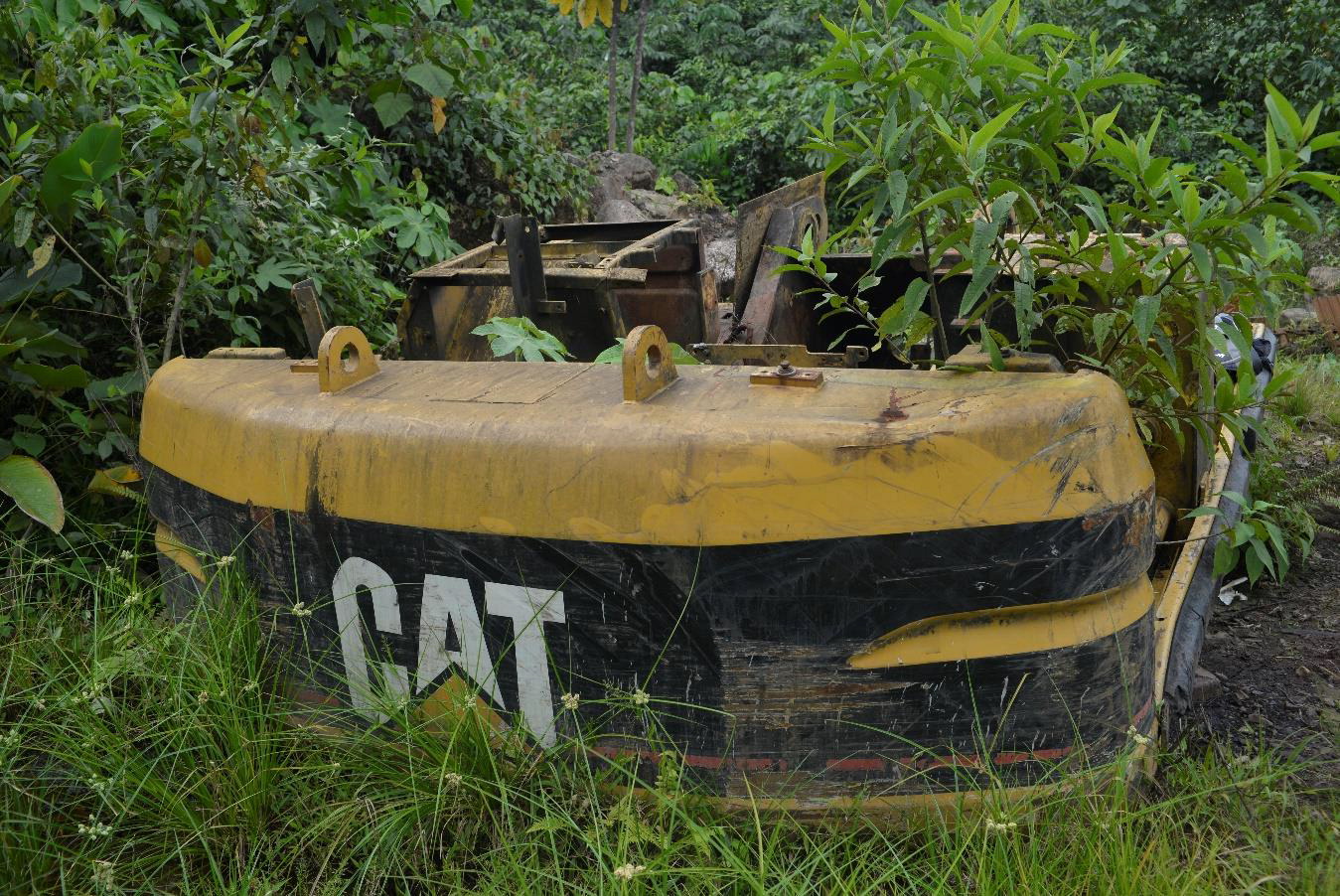 | | Installation of the Amarakaeri CR signs. Photo credit: ACCA | Evidence of illegal mining activities. Photo credit: ACCA | 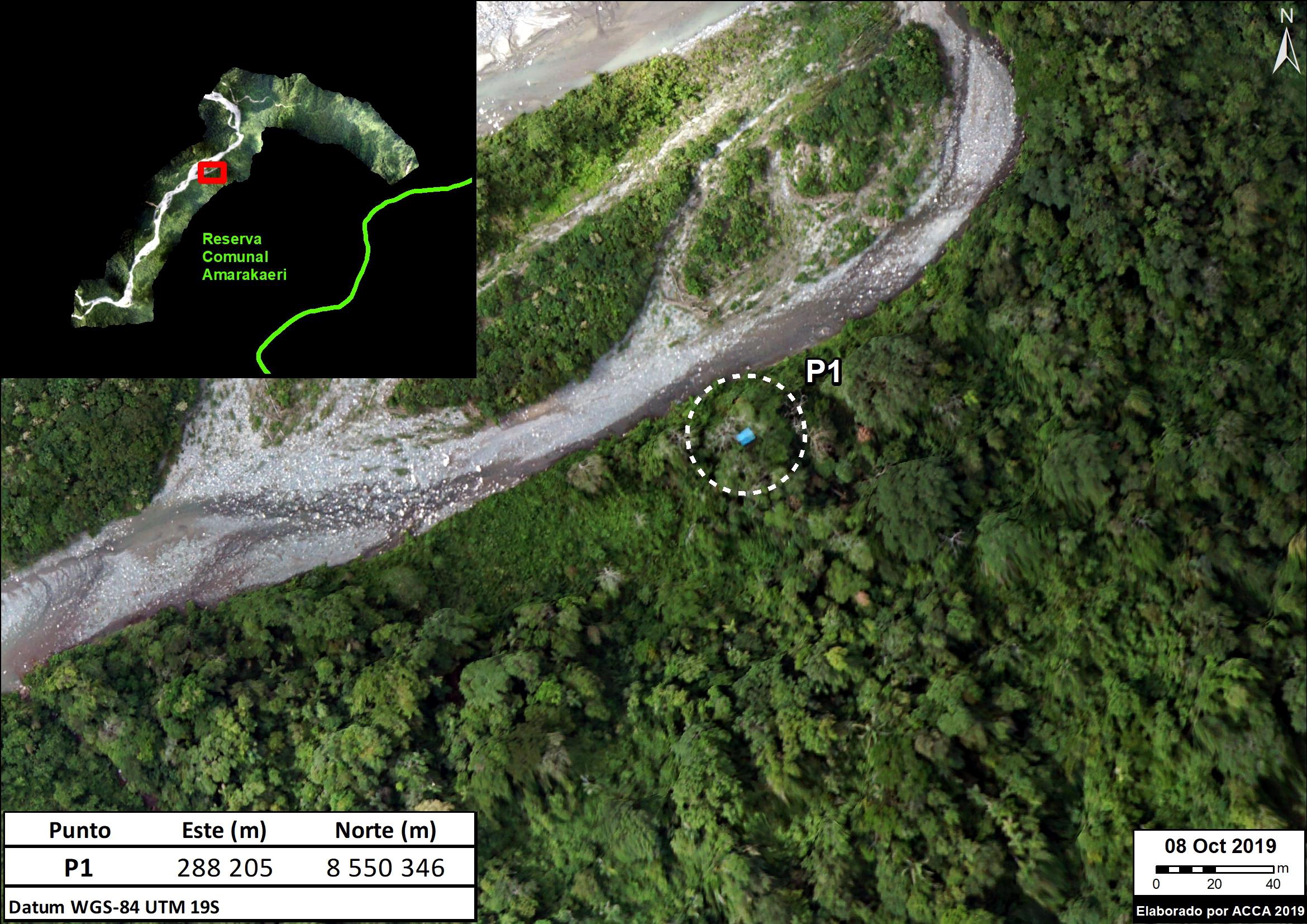 | 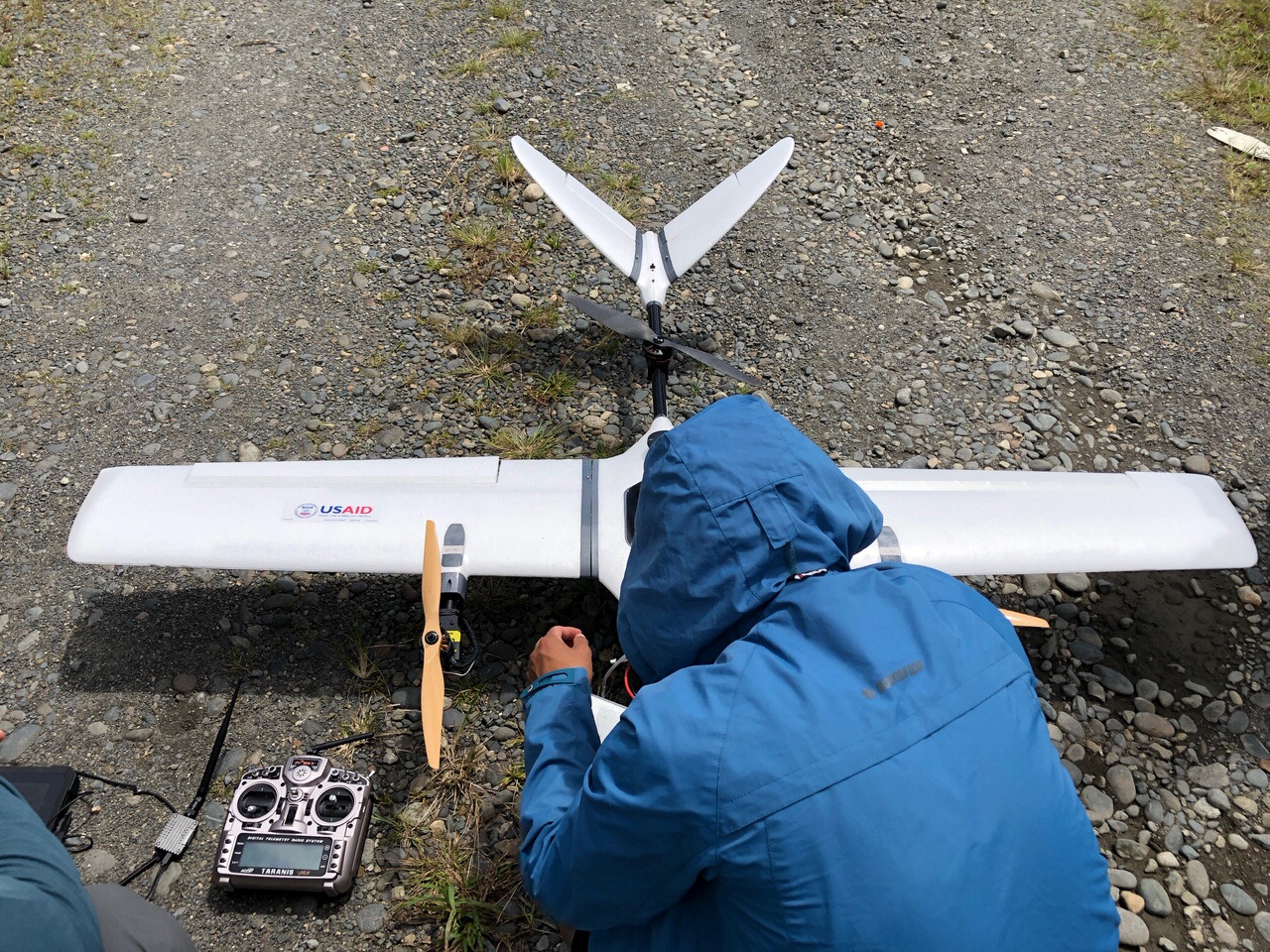 | | One of the highlights of activities during 2019 was the discovery of the presence of an illegal mining camp in the Quincemil sector. Illegal mining sites. Photo credit: ACCA | Four vertical take-off and landing aircrafts (VTOLs) have been acquired and are being adapted for the project. Photo credit: Lina Stankute-Alexander (NAS) | 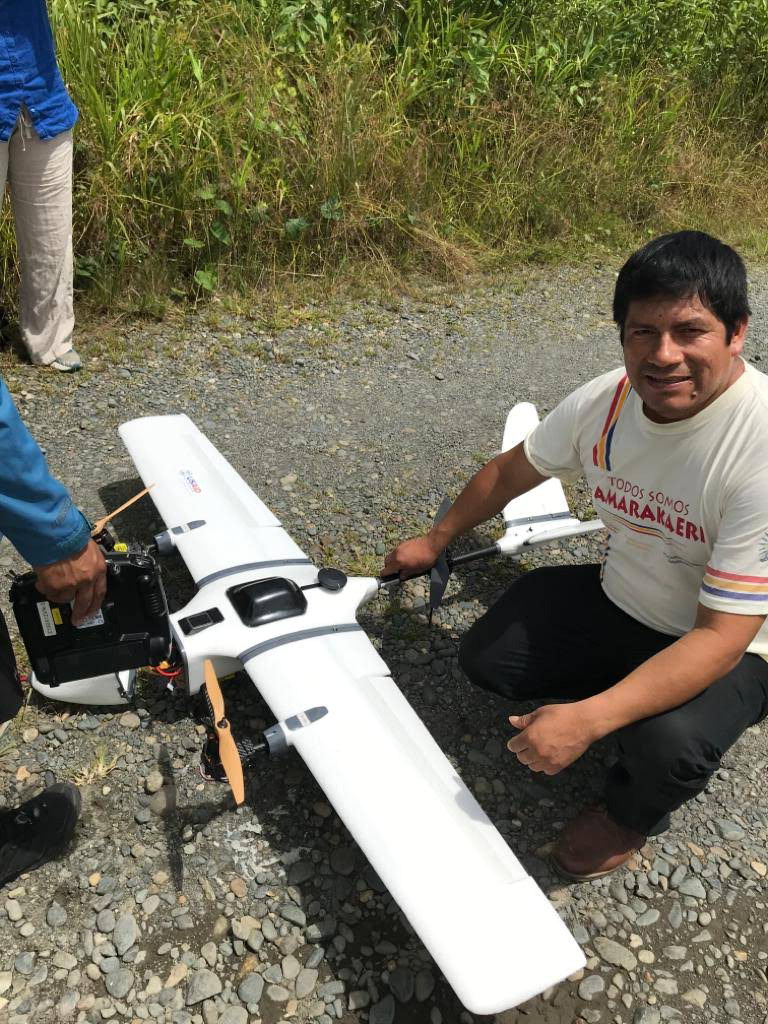 | 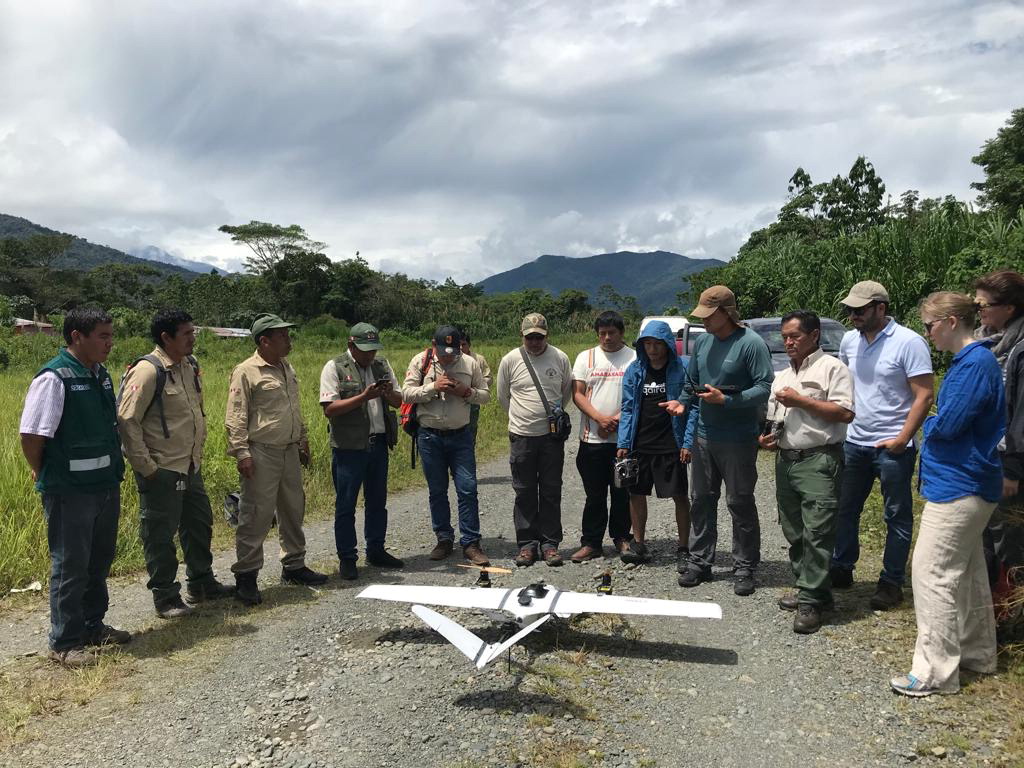 | | Walter Quertehuari, President of the ECA Amarakaeri. Photo credit: Beatriz Torres (USAID/Peru) | USAID and NAS site visit with the PEER team and stakeholders in Quincemil January 2020. Drone flight demonstration. Photo credit: Beatriz Torres (USAID/Peru) |
|
|
|
|




